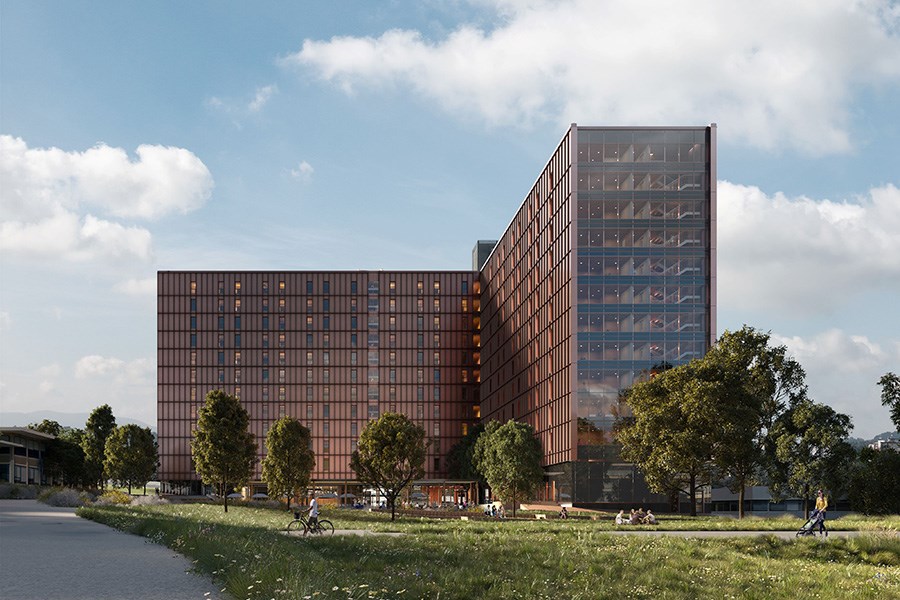British Columbia has the potential to lead the nation on innovative construction methods, but obstacles like uneven regulation must be tackled first, says a Canadian think tank.
The province may be ahead of the curve when it comes to new homebuilding practices based on prefabrication and modularity, particularly in areas such as building codes, student housing and data collection, said an expert with C.D. Howe Institute.
“B.C. is relatively advanced in its overall approach to prefabricated construction,” said Tasnim Fariha, senior policy analyst with the Toronto-based think tank.
She highlighted B.C.’s approach to building codes.
“The province has been proactive in updating its building code—for example, it allows mass timber buildings up to 18 storeys, while the National Building Code still caps this at 12,” Fariha said.
Student housing is another area where B.C. has seen promising prefab, mass timber and panelized projects.
“These projects have demonstrated measurable benefits in terms of speed and waste reduction—something that is still largely missing in other provinces,” she said.
There is still room for improvement, with standardization a key goal as the federal government rolls out its $26-billion Build Canada Homes (BCH) program, which promises financing for tech-driven solutions to the country’s housing challenges.
Inconsistency remains in how building codes are interpreted by municipalities, Fariha said.
Also, “B.C. tends to have stricter transportation guidelines for modular and panelized components, particularly in terms of allowable dimensions,” she said. This can be attributed to factors like narrower lane widths and more uneven road conditions compared with provinces like Alberta.
There is also a paucity of data, though B.C. can also excel on this front.
“If B.C. can take the lead in producing data-driven evaluations of prefab versus traditional building methods, it could serve as a model for other provinces—and for national efforts like the Build Canada Homes initiative,” Fariha said.
“Right now, much of the evidence available comes from lab settings, which don’t fully reflect the real-world challenges posed by permitting, inspections and other regulatory hurdles.”
One B.C. laboratory at the bleeding edge of construction research is University of British Columbia Smart Structures, where AI-powered robotics are already being used to assemble simple buildings.
Fariha authored a July 29 report for C.D. Howe Institute which said obstacles to innovative homebuilding include “high upfront costs, fragmented regulations and insufficient data on performance in the Canadian context.”
The report also flagged investment risk, workforce constraints, market volatility, insurance barriers, slow permitting, transportation hurdles and duplicative inspections.
Tuesday’s report focused on Canada-wide trends rather than individual provinces. It said that while the federal government has signalled “a strong commitment to innovation,” it is too early to assess BCH’s impact.
“The distribution of funds involves lengthy bureaucratic processes, and the market requires time to adapt,” Fariha wrote.



